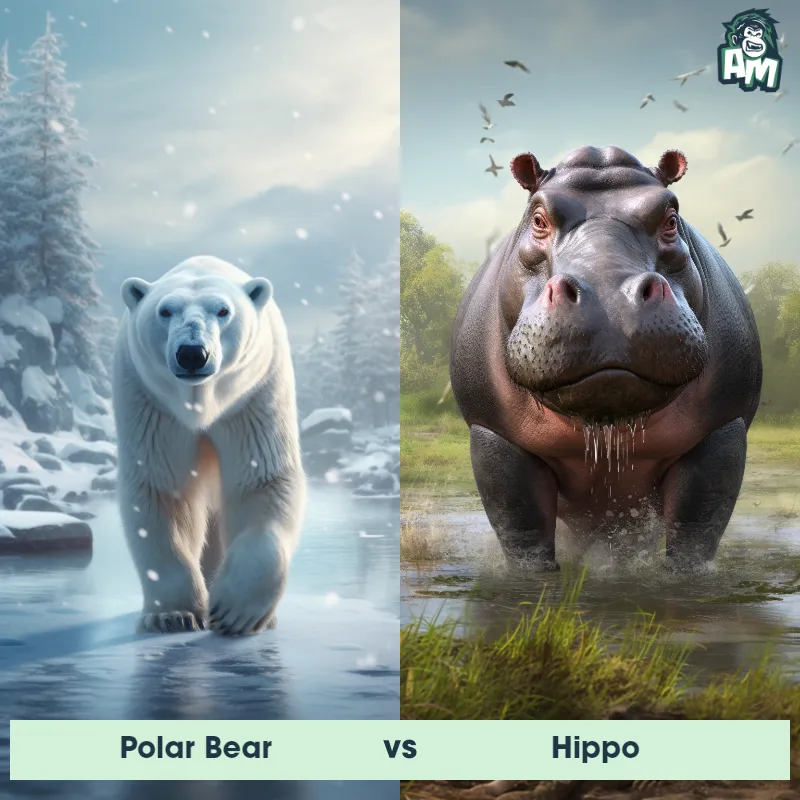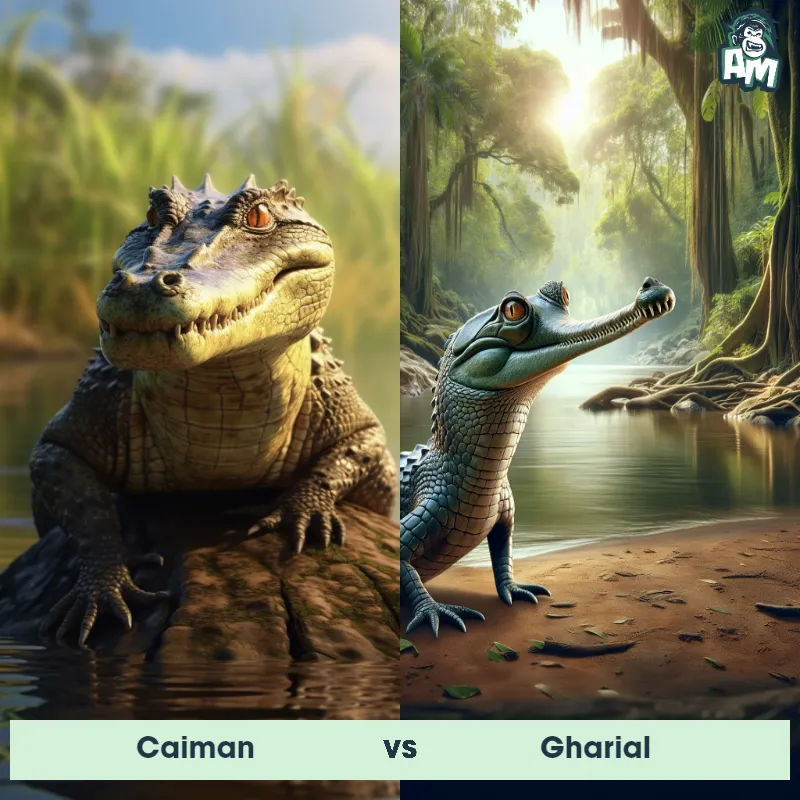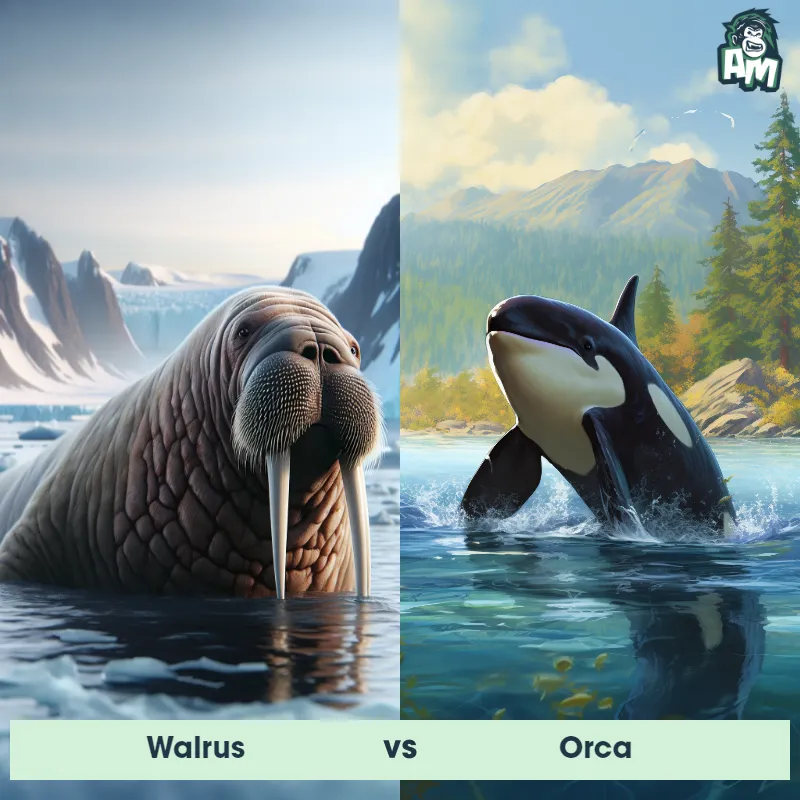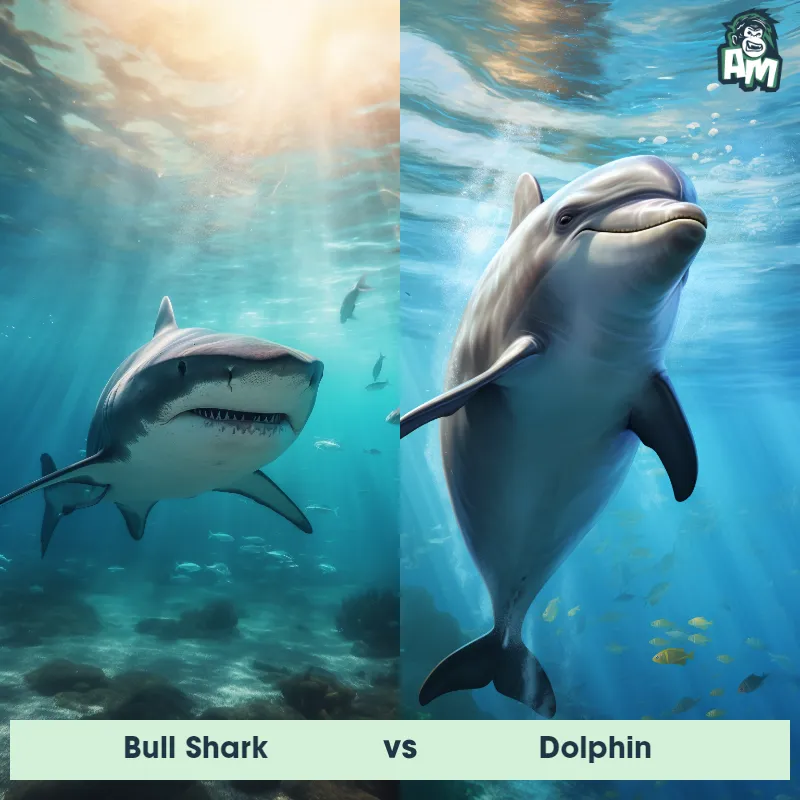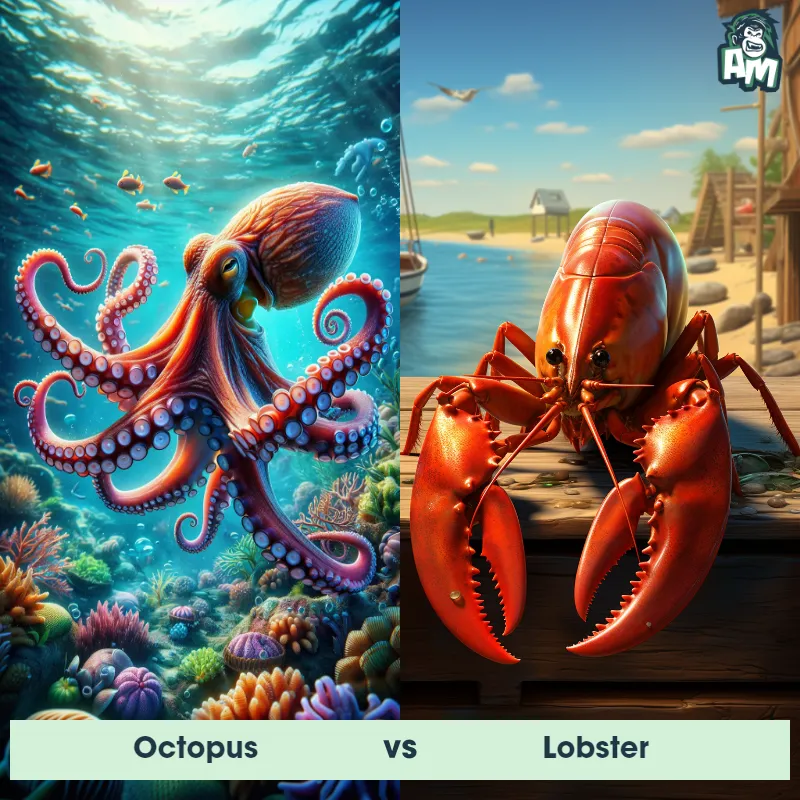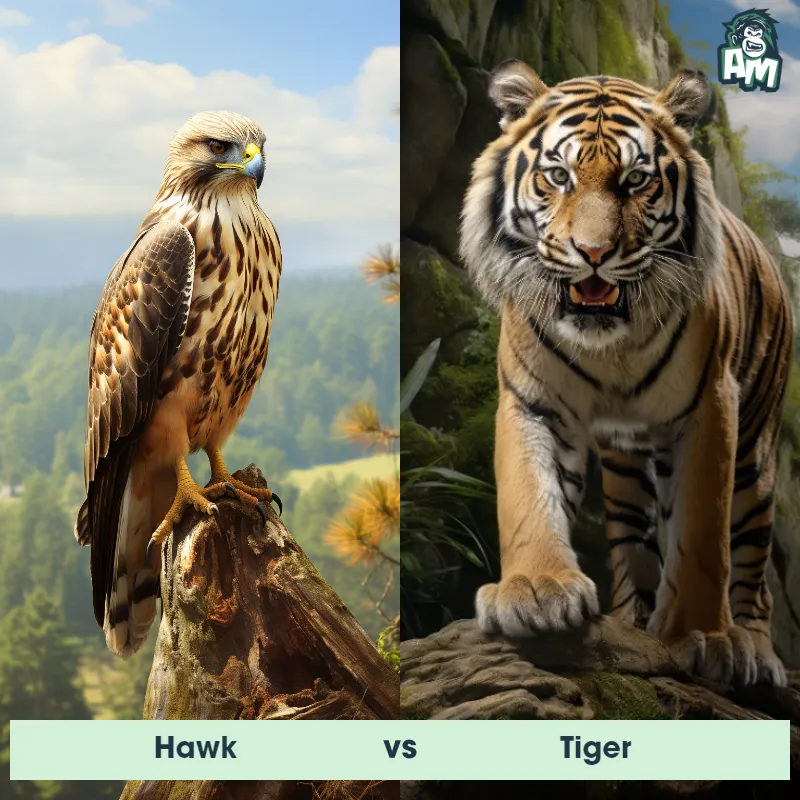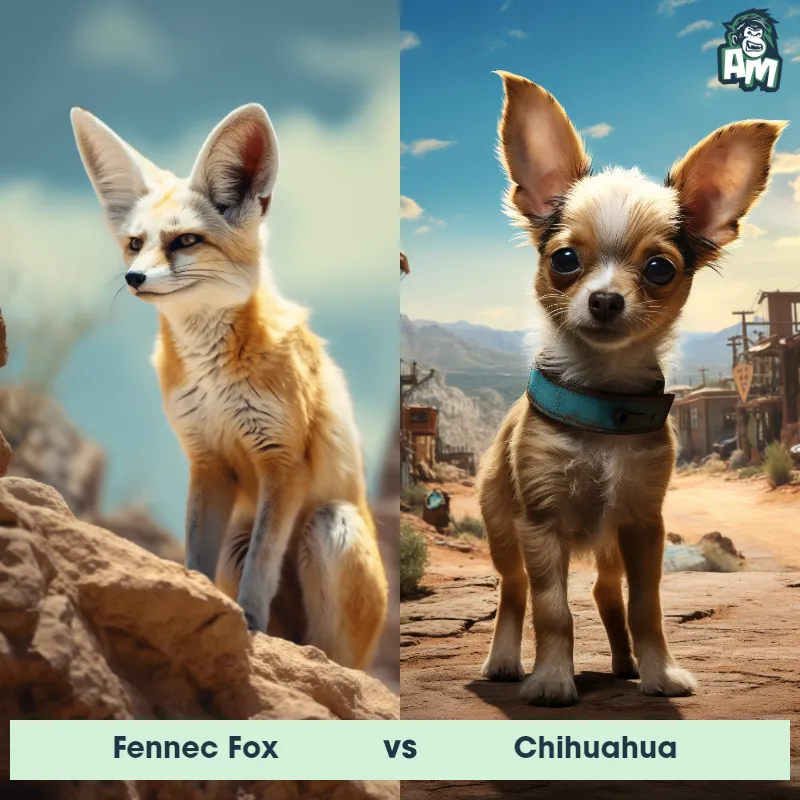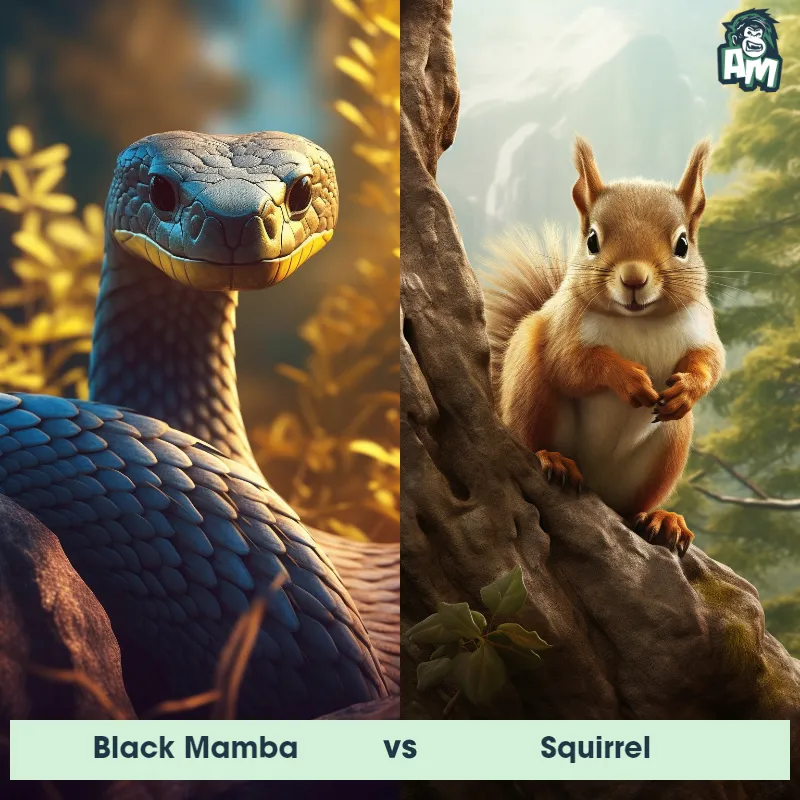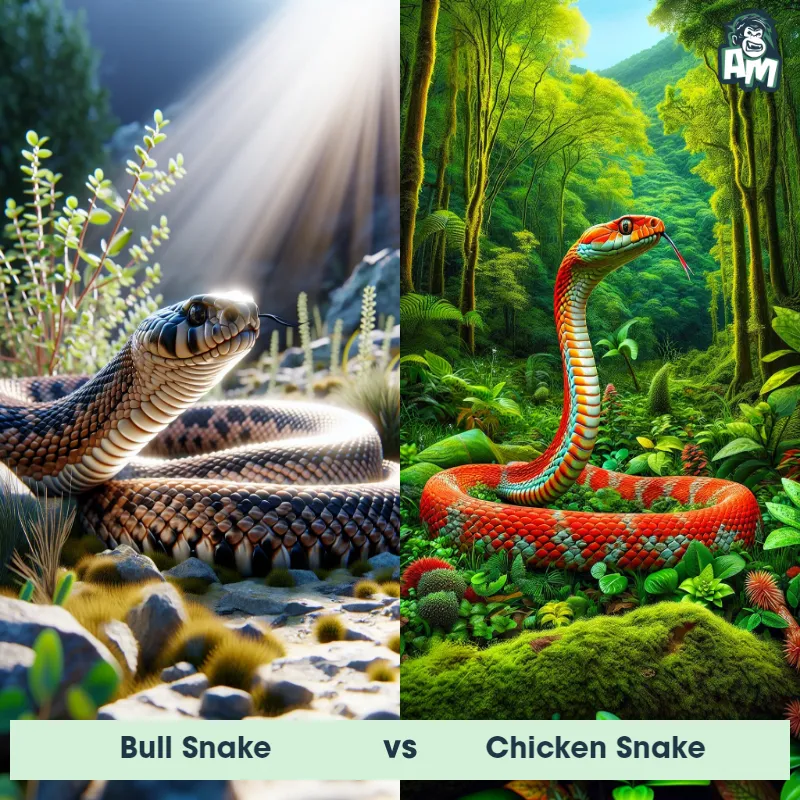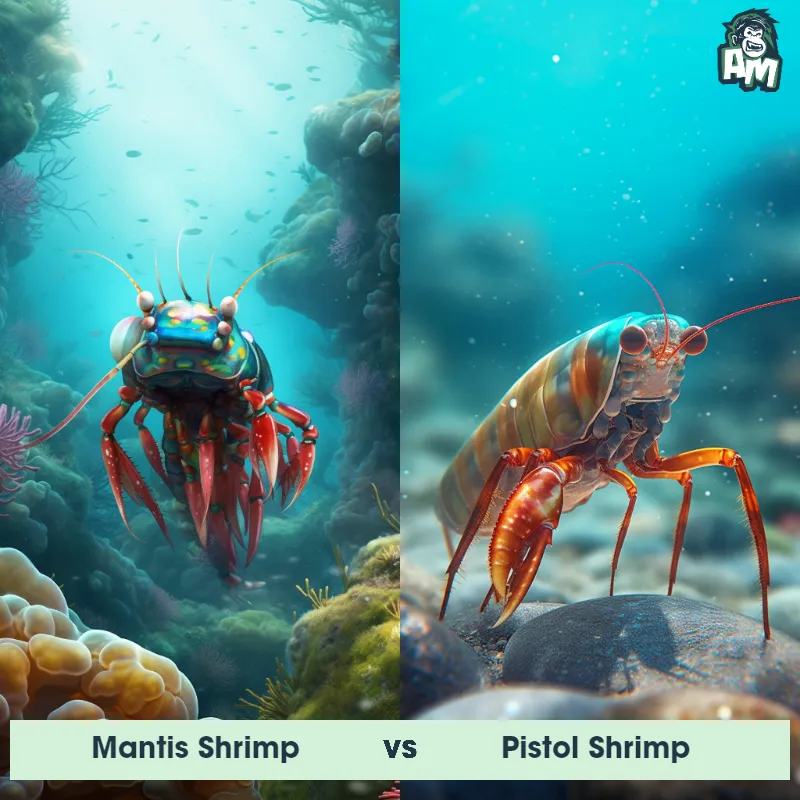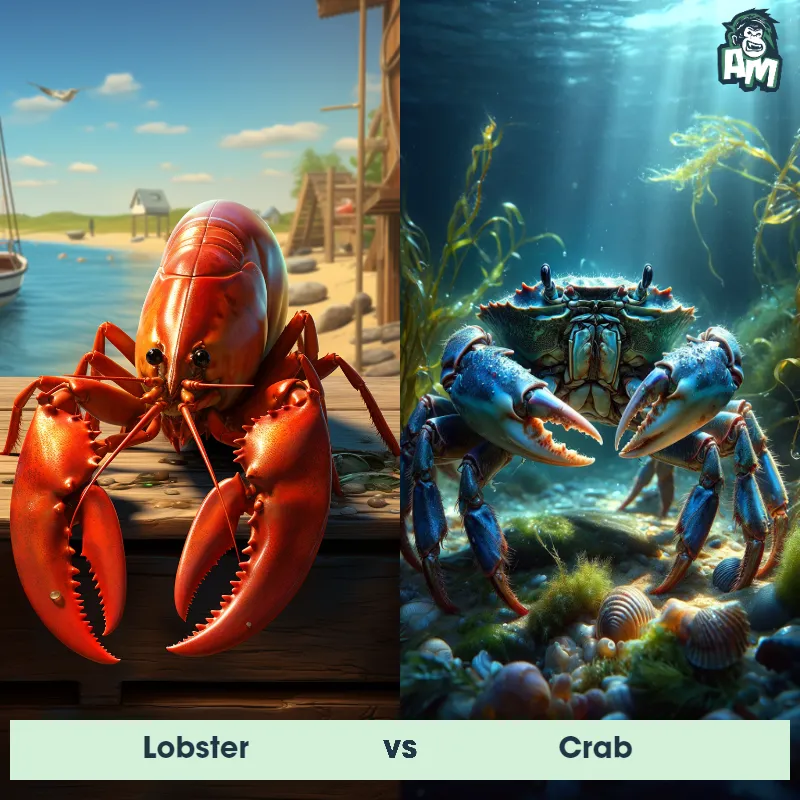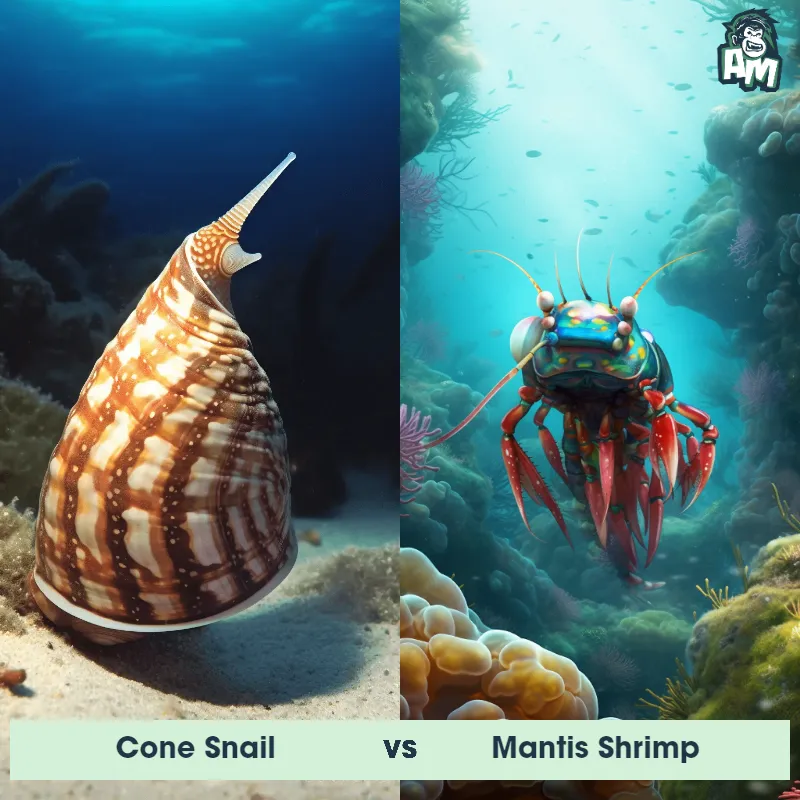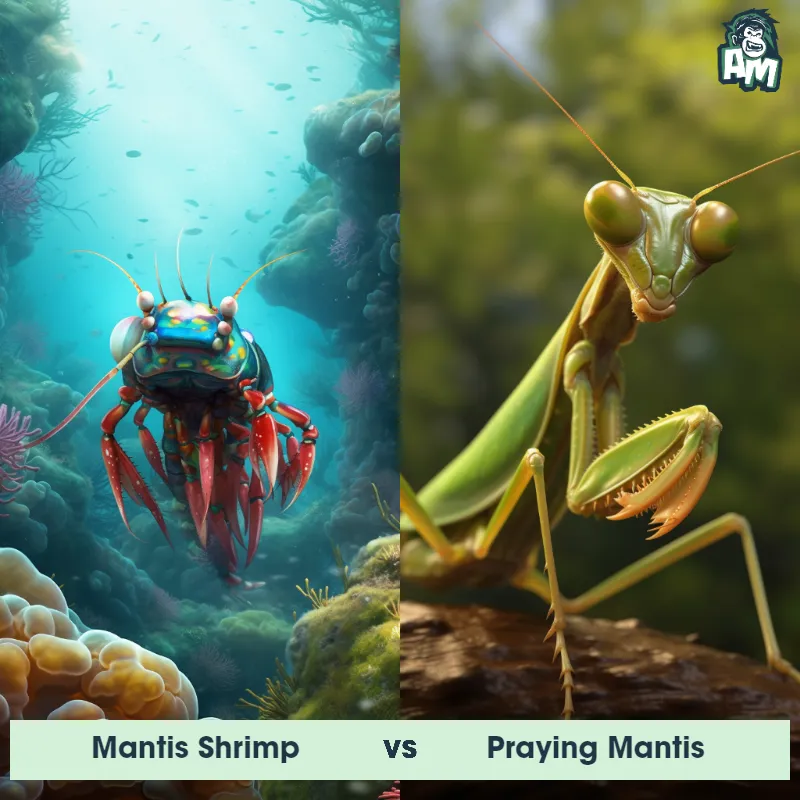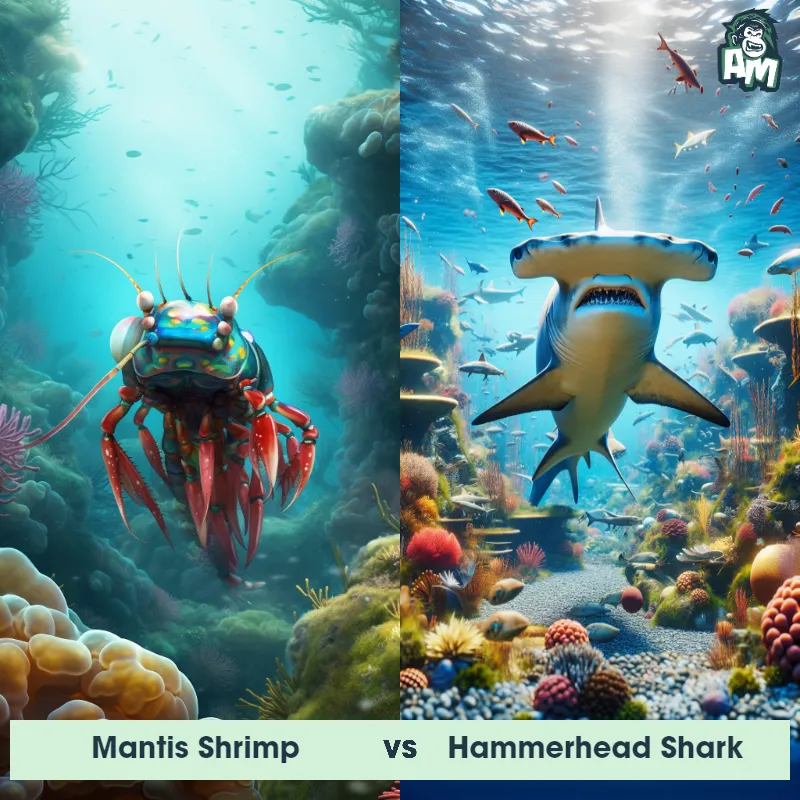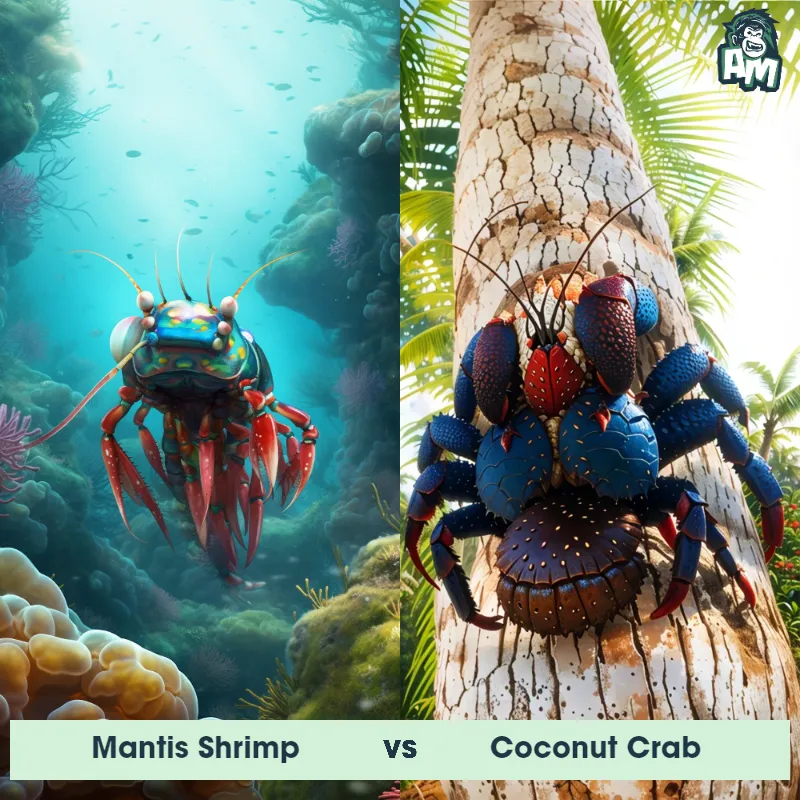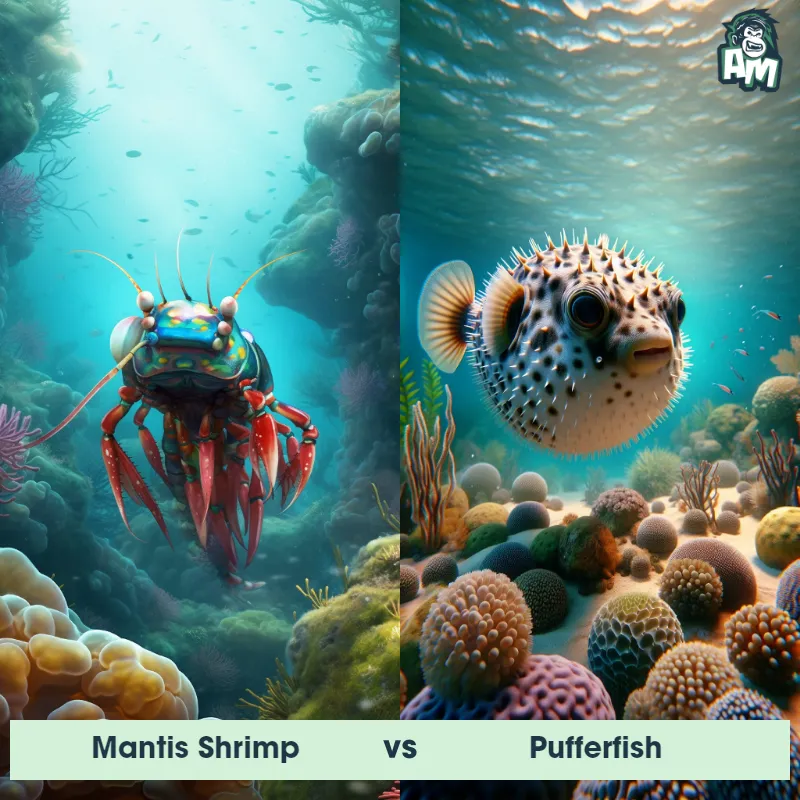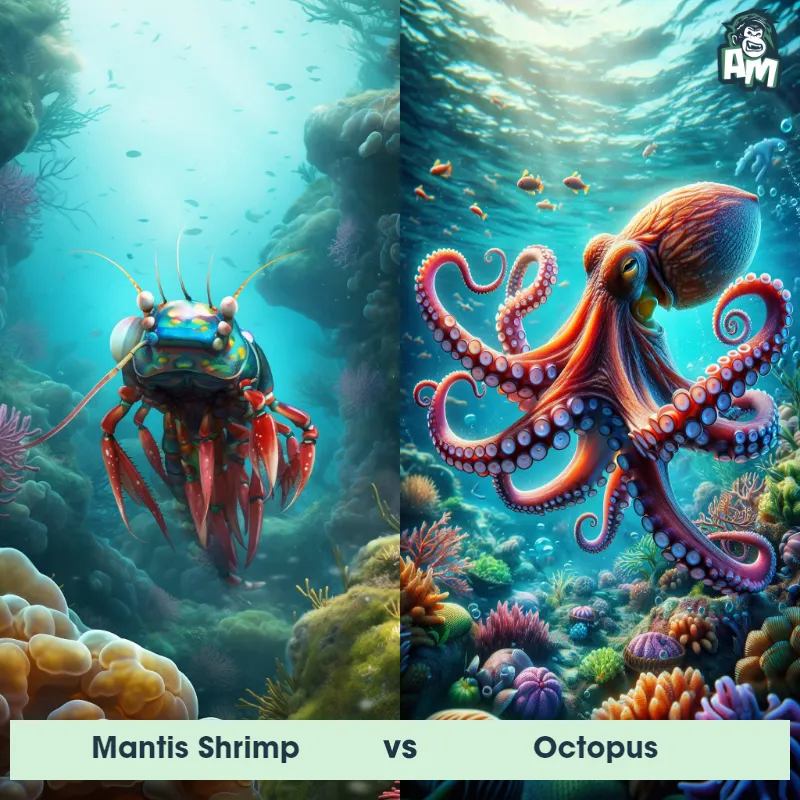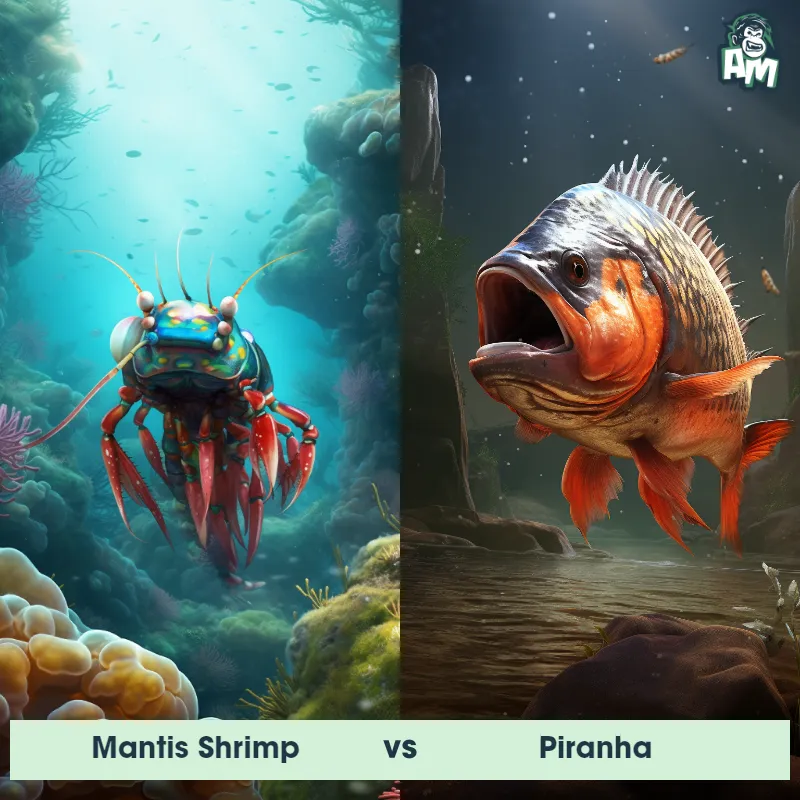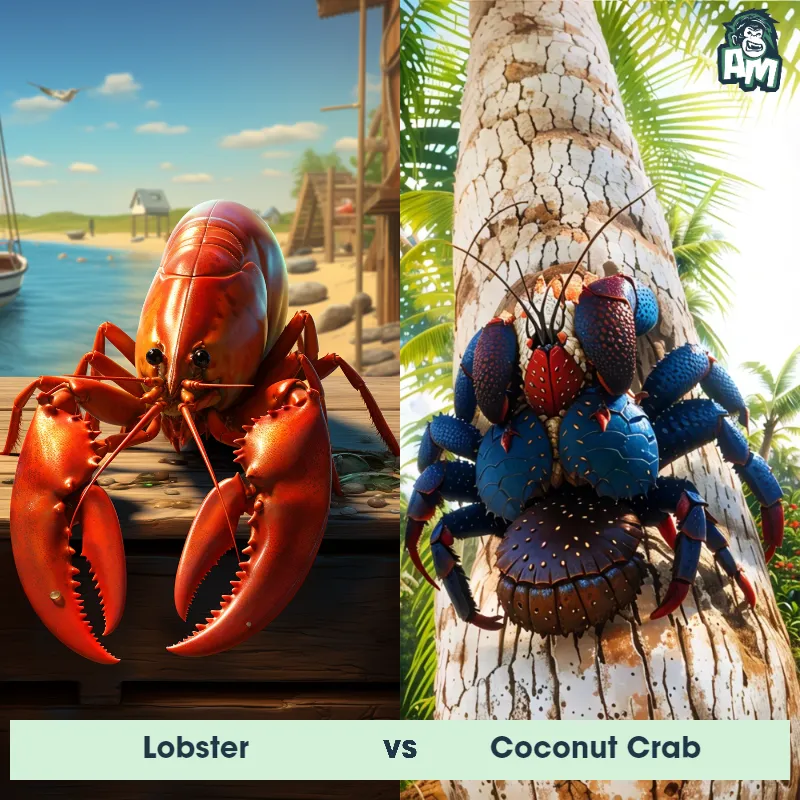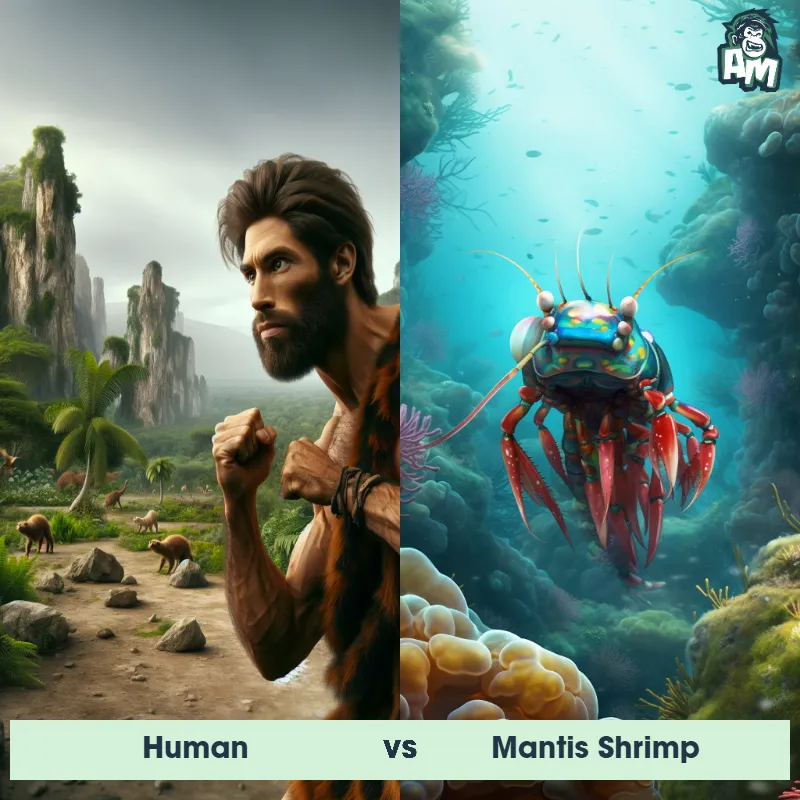Mantis Shrimp vs LobsterSee Who Wins

Ladies and gentlemen, welcome to this thrilling matchup tonight! We have an epic battle between two formidable marine creatures ready to throw down in the depths of the ocean. In one corner, we have the magnificent Mantis Shrimp, known for its lightning-fast strikes and astonishing strength. And in the other corner, we have the mighty Lobster, with its tough exoskeleton and powerful claws. This is going to be a clash of the titans, folks! Let's see how it unfolds!
Contender 1: Mantis Shrimp
The Mantis Shrimp, also known as the Stomatopod, is a marine crustacean that is known for its incredible strength and speed. They have a unique pair of raptorial appendages that they use to strike their prey with incredible force, which can even break aquarium glass. They come in a variety of colors and patterns, and have complex eyes that can see a wider range of colors than humans.
Fun Fact: The Mantis Shrimp has the fastest punch in the animal kingdom, with some species able to strike at speeds of up to 50 miles per hour, which is faster than a .22 caliber bullet.
Contender 2: Lobster
The Lobster is a type of marine crustacean known for its strong, segmented body, large claws, and antennae. They have a hard protective exoskeleton and can range in color from blue and green to a reddish-brown, turning bright red when cooked. Lobsters have ten legs, with the front two often being much larger and serving as the primary claws for hunting and defense. They can grow quite large, with some species reaching lengths of over 3 feet and weights of up to 40 pounds.
Fun Fact: Contrary to common belief, lobsters are not immortal, but they do have an impressive lifespan, with some living to be over 100 years old.
Matchup Stats
| Mantis Shrimp | Lobster | |
|---|---|---|
| Size | Up to 12 inches (30 cm) long | Up to 3.25 feet (1 meter) |
| Weight | Up to 2 pounds (0.9 kg) | Up to 44 pounds (20 kilograms) |
| Speed | Speed: 23 mph (37 km/hr) | 11mph (18km/h) |
| Key Strength | Powerful raptorial appendages that can strike with incredible force | Strong, large claws for hunting and defense |
| Biggest Weakness | Vulnerable to attacks on their soft underbelly | Vulnerable soft body during molting period |
Current Votes
Mantis Shrimp vs Lobster
See Who Wins
View More Matches
Looking For More?
Similar Matches
Scientific Stats
| Mantis Shrimp | Lobster | |
|---|---|---|
| Scientific Name | Stomatopoda | Homarus americanus |
| Family | Stomatopodidae | Nephropidae |
| Habitat | Marine | Ocean floors, rocky, sandy, or muddy areas |
| Geography | Tropical and subtropical regions worldwide | Atlantic Ocean, particularly North America's east coast |
| Diet | Small fish, crabs, mollusks, and other crustaceans | Fish, mollusks, other crustaceans, worms, and some plant life |
| Lifespan | 4 years - 20 years | 50 years - 100 years |
Key Differences between Mantis Shrimp and Lobster
- Coloration: Mantis Shrimp exhibit vibrant, varied color patterns, ranging from bright greens, blues, and oranges with spots or stripes, while Lobsters typically have a more uniform coloration in shades of red, brown, or greenish-brown.
- Body Shape: Mantis Shrimp have elongated, slender bodies with a compressed shape and well-developed tails, whereas Lobsters have a more robust, elongated body with muscular claws and a distinct, segmented tail.
- Habitat: Mantis Shrimp are primarily marine inhabitants found in warm temperate and tropical waters, dwelling in burrows within coral reefs or sandy seabeds, while Lobsters are also marine creatures but are typically associated with cooler coastal regions, often hiding in crevices or rocks.
- Size: Mantis Shrimp are generally smaller in size, averaging around 4 to 6 inches long, while Lobsters are known for their larger size, reaching lengths of up to 3 feet.
- Antennae: Mantis Shrimp have elongated, segmented antennae that are used for sensory purposes, often extending far past their bodies, whereas Lobsters have shorter, thicker antennae with sensory hairs.
- Claws: Mantis Shrimp possess highly specialized and formidable claws, shaped like clubs or spiked hammers, used for stunning prey, while Lobsters have large, powerful pincers or claws primarily used for capturing and crushing prey.




